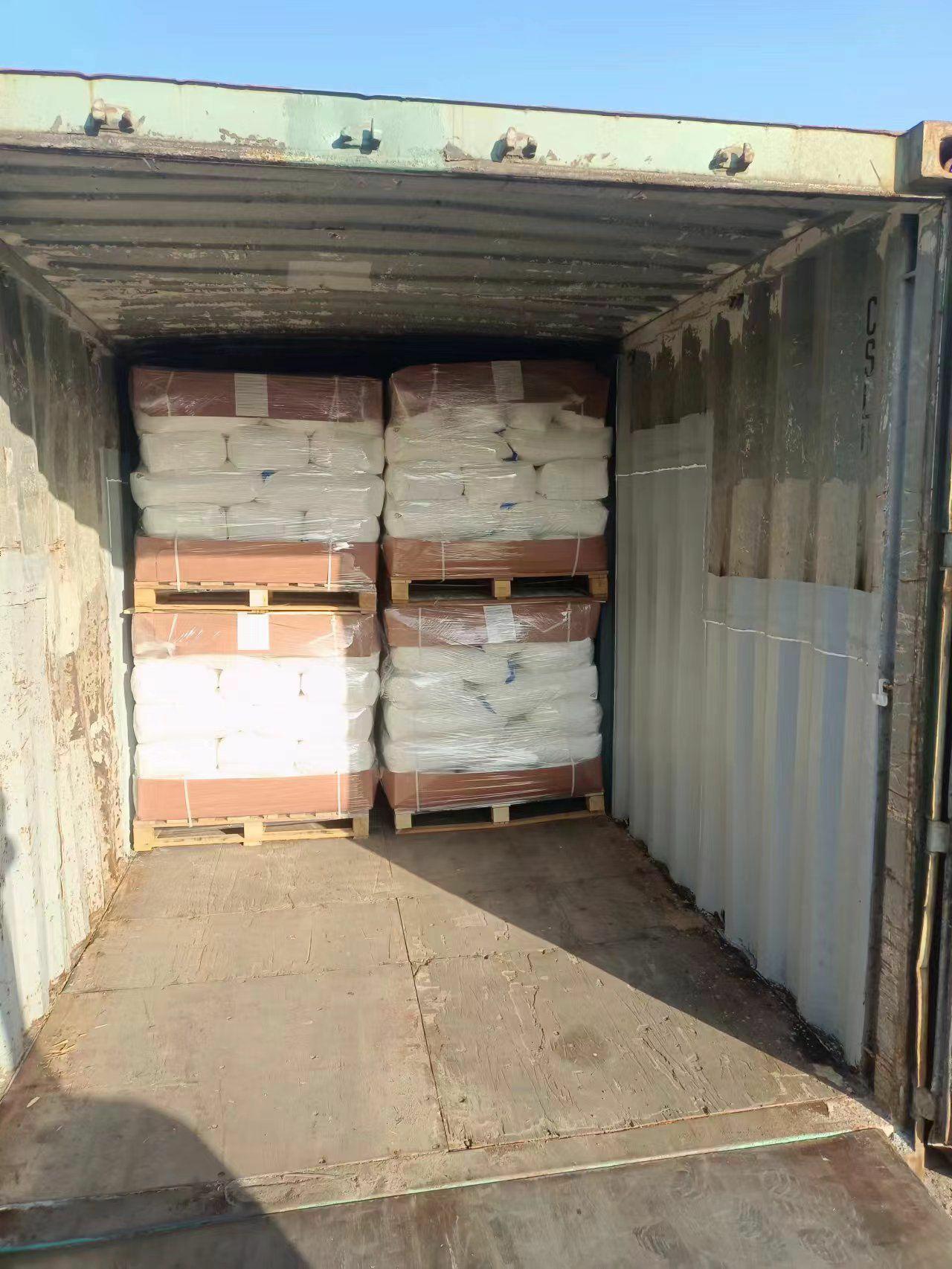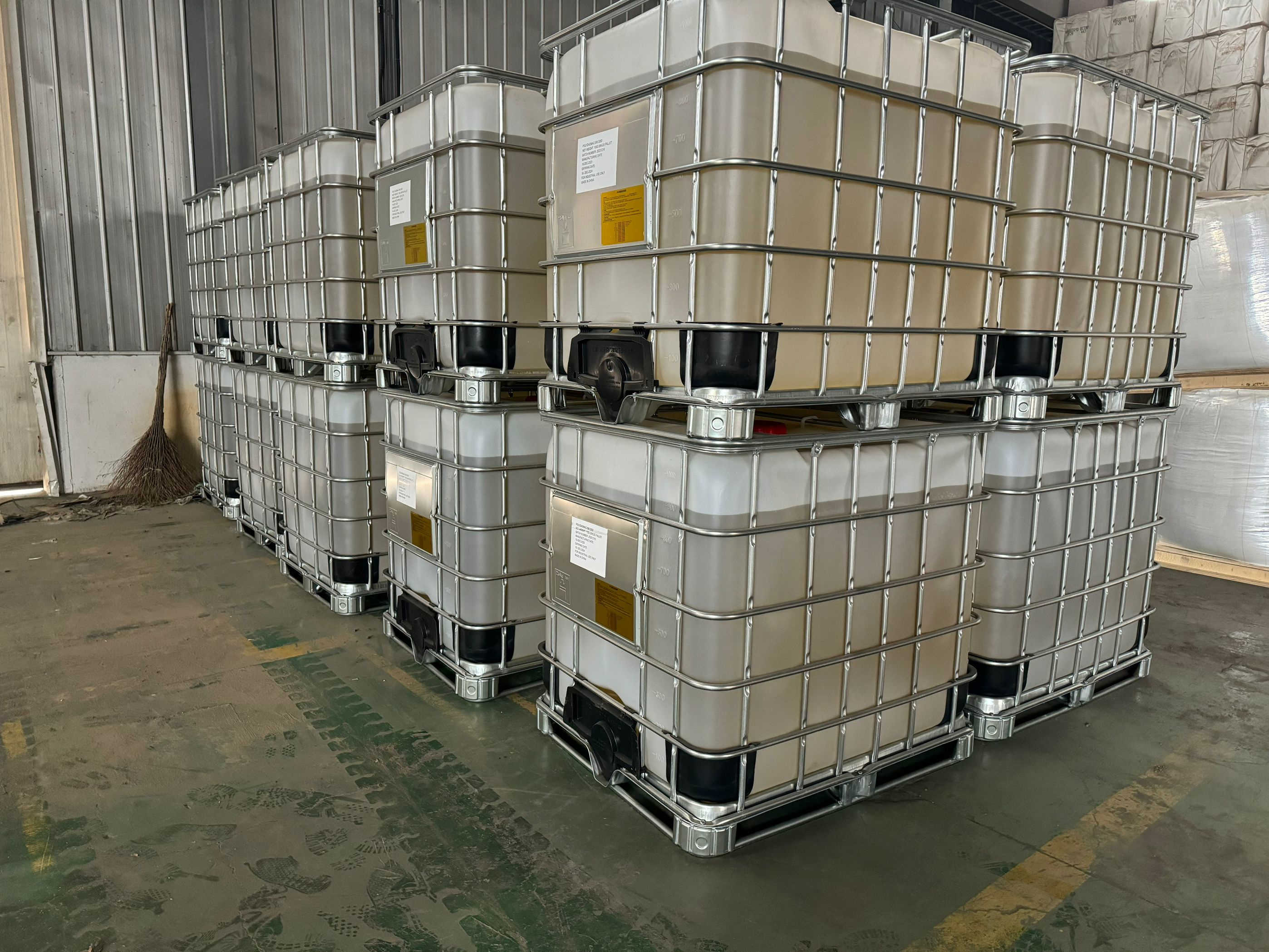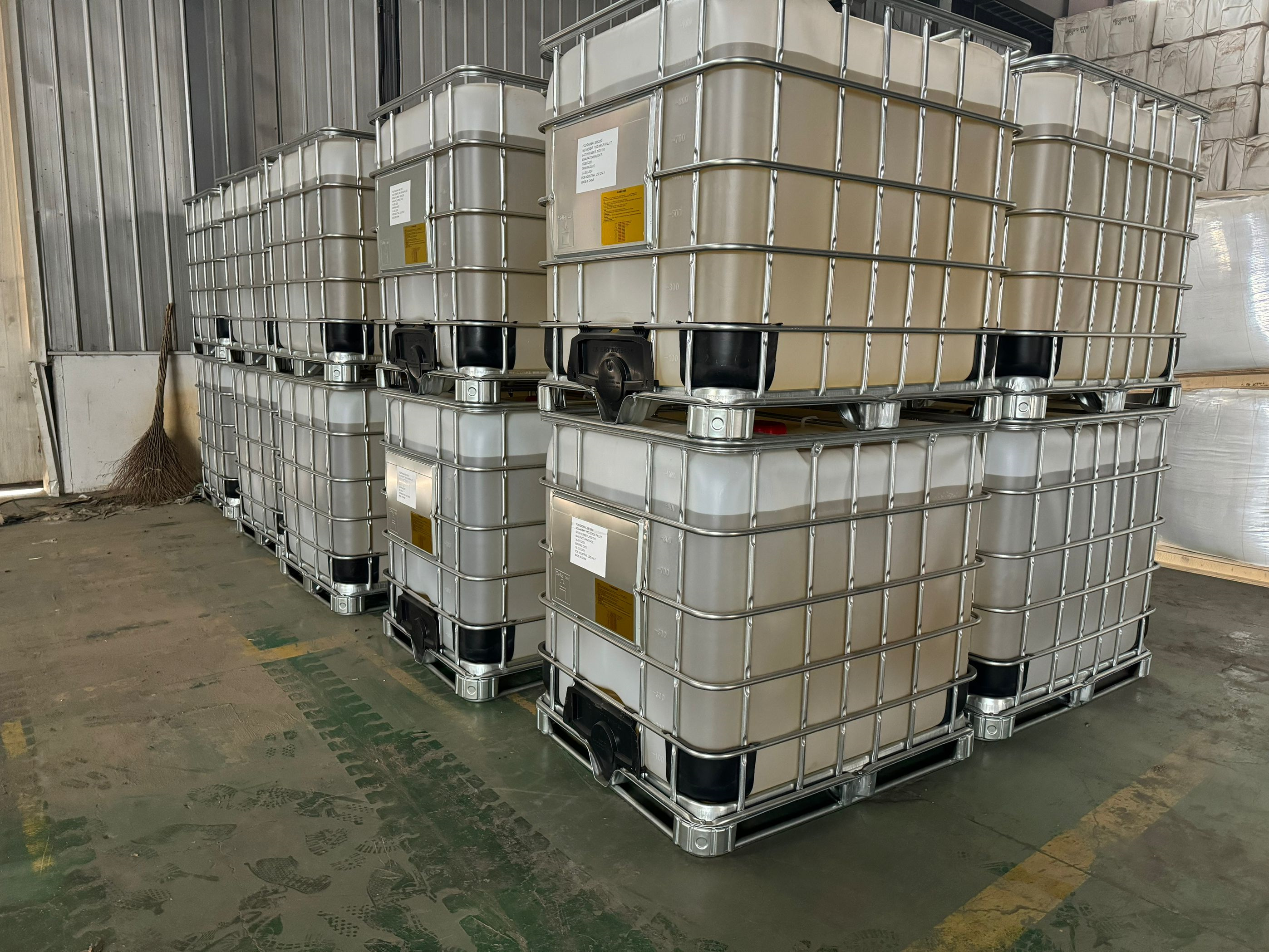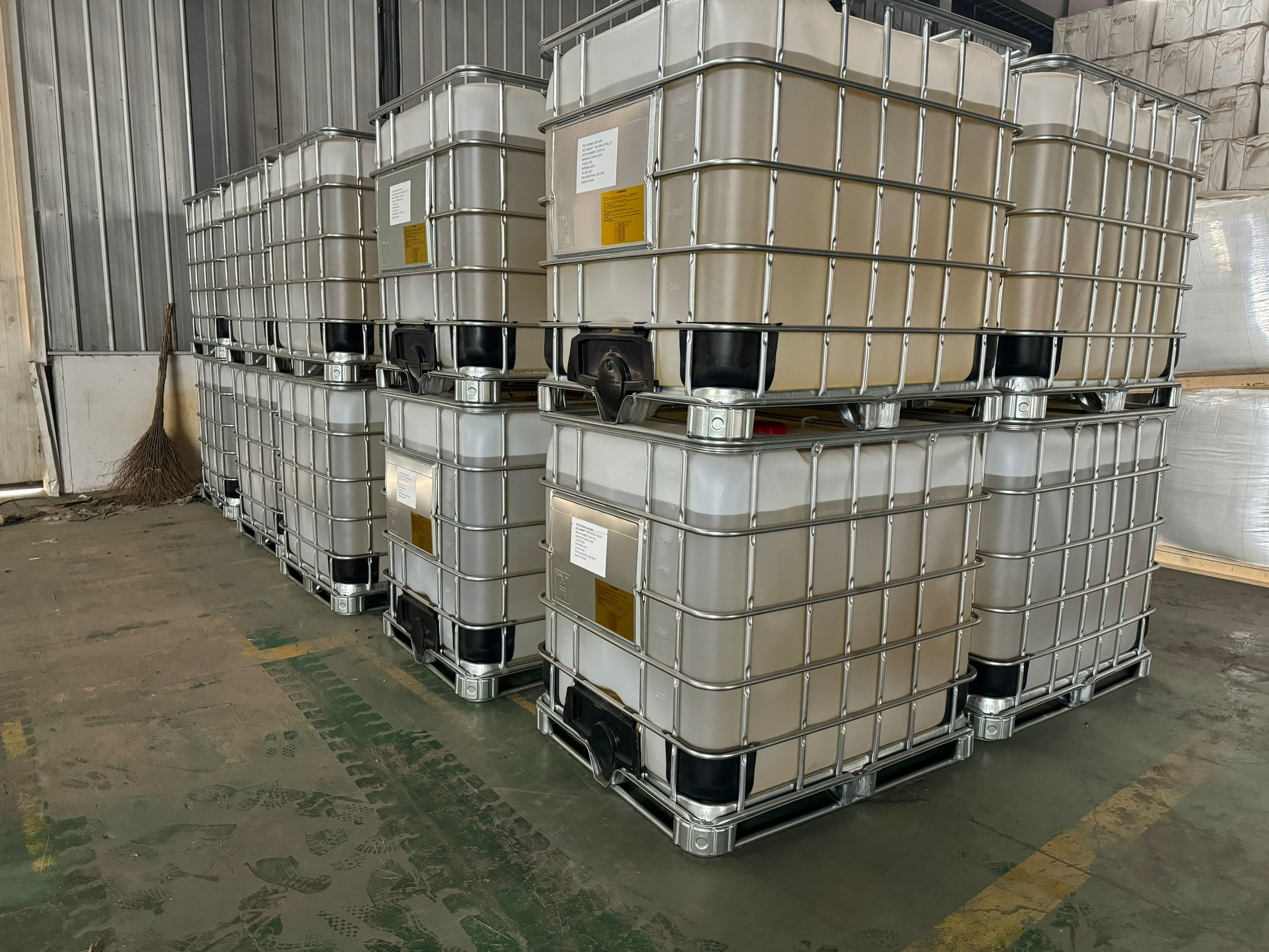cationic flocculant zetag LT22S can be replaced by asiafloc C2012
Material
- am acrylic acid
Color
- white granular
Application
- water treatment ,mineral processing
Certificate
- ISO9001 ,ISO14001
Place of Origin
- China
Other Names
- PAM ,flocculant
CAS No
- 9003-05-8
Brand Name
- asiafloc
Usage
- water treatment ,mineral processing
anionic polyacrylamide of flopam 235 flopam430 can replaced by Asiafloc
zetag LT22S is a kind of cationic flocculant with medium charge and high molecular weight.mainly used for municipal and some industrial wastewater treatment.asiafloc C2012
Cationic flocculants are specialized chemicals used to aggregate and settle suspended particles in aqueous systems, making them indispensable in various industrial processes. Their primary role is to facilitate the separation of solids from liquids, thereby improving the efficiency and effectiveness of water and wastewater treatment, among other applications. Below, I’ll explore the main applications of cationic flocculants across different industries, including wastewater treatment, the paper and pulp industry, mineral processing, the oil and gas sector, and the food and beverage industry.
1. Wastewater Treatment:
One of the most significant applications of cationic flocculants is in wastewater treatment. Wastewater from municipal and industrial sources contains a variety of suspended solids, organic matter, and other contaminants that need to be removed before the water can be discharged or reused.
Sludge Dewatering: In the context of wastewater treatment, sludge dewatering is a crucial step. Sludge, which is the solid by-product of wastewater treatment, often contains a high percentage of water. Cationic flocculants are added to the sludge to aggregate the fine particles, forming larger flocs. These larger flocs are more easily separated from water, leading to a more concentrated sludge that can be more efficiently processed or disposed of. The use of cationic flocculants in sludge dewatering not only improves the efficiency of the process but also reduces the volume of sludge, thereby lowering disposal costs.
Primary and Secondary Clarification: In the clarification stages of wastewater treatment, cationic flocculants play a key role. During primary clarification, they are used to remove suspended solids from raw wastewater. In secondary clarification, cationic flocculants help to remove biological solids that are produced during the biological treatment stage. The addition of these flocculants enhances the settling of particles, resulting in clearer effluent and more efficient treatment processes.
Phosphorus Removal: Phosphorus is a common pollutant in wastewater that can lead to eutrophication if discharged into natural water bodies. Cationic flocculants can be used in conjunction with metal salts to enhance the removal of phosphorus from wastewater. This is particularly important for industries such as food processing, where phosphorus levels in wastewater can be high.
2. Paper and Pulp Industry:
The paper and pulp industry is another major consumer of cationic flocculants. These chemicals are used at various stages of the papermaking process to improve product quality and process efficiency.
Retention Aids: During the papermaking process, it is essential to retain fine particles, fillers, and fibers within the paper sheet to ensure quality and minimize waste. Cationic flocculants act as retention aids by promoting the aggregation of these fine particles, thereby enhancing their retention in the paper sheet. This results in better sheet formation, improved paper strength, and reduced material loss. The use of cationic flocculants as retention aids also allows papermakers to use a higher proportion of recycled fibers, which contributes to sustainability.
Drainage Improvement: Efficient water removal during the papermaking process is critical to achieving high productivity. Cationic flocculants improve the drainage of water from the paper sheet during the forming and pressing stages. By enhancing water removal, they help to reduce drying energy requirements and increase the speed of the papermaking process.
Wastewater Treatment: The paper and pulp industry generates significant volumes of wastewater, which must be treated before discharge. Cationic flocculants are used in the treatment of this wastewater to remove suspended solids, organic matter, and other contaminants. Their use in this context ensures that the industry meets environmental regulations and reduces its impact on local water bodies.
3. Mineral Processing:
In the mineral processing industry, cationic flocculants are used to enhance the efficiency of solid-liquid separation processes. Mineral processing involves the extraction of valuable minerals from ore, which often involves grinding the ore into a fine slurry.
Thickening: After the grinding process, the mineral slurry must be thickened to separate the solid particles from the water. Cationic flocculants are added to the slurry to promote the aggregation of fine particles, forming larger flocs that settle more rapidly. This thickening process is essential for recovering water for reuse in the processing plant and for reducing the volume of slurry that needs to be treated or disposed of.
Tailings Management: The management of tailings, which are the waste materials left after the extraction of valuable minerals, is a significant challenge in the mining industry. Cationic flocculants are used to dewater tailings, reducing their volume and making them easier to handle and store. The use of flocculants in tailings management also helps to minimize the environmental impact of mining operations by reducing the risk of tailings dam failures and improving the stability of tailings storage facilities.
4. Oil and Gas Industry:
In the oil and gas industry, cationic flocculants are employed in various processes, particularly in the treatment of produced water and in drilling operations.
Produced Water Treatment: Produced water is a by-product of oil and gas extraction and often contains oil droplets, suspended solids, and other contaminants. Cationic flocculants are used to aggregate the oil droplets and suspended particles, making them easier to separate from the water. This treatment is essential to meet environmental discharge regulations and to reduce the environmental impact of oil and gas operations.
Drilling Fluids: During drilling operations, cationic flocculants can be added to drilling fluids to control fluid loss and improve the stability of the borehole. They help to maintain the integrity of the drilling fluid by promoting the aggregation of fine particles, preventing them from becoming too dispersed. This improves the carrying capacity of the fluid for drill cuttings and enhances the overall efficiency of the drilling process.
5. Food and Beverage Industry:
The food and beverage industry generates a variety of wastewater streams that contain organic matter, fats, oils, and grease. The treatment of this wastewater is critical to ensure compliance with environmental regulations and to minimize the impact on local water bodies.
Wastewater Treatment: In the food and beverage industry, cationic flocculants are used to treat wastewater by aggregating suspended solids and organic matter. This process facilitates the removal of these contaminants, resulting in clearer effluent that can be safely discharged or reused. The use of cationic flocculants in this context also helps to reduce the load on downstream treatment processes, improving overall treatment efficiency.
Fats, Oils, and Grease (FOG) Removal: Wastewater from food processing plants often contains high levels of fats, oils, and grease (FOG), which can cause blockages and other operational issues in treatment systems. Cationic flocculants are effective in aggregating FOG, making it easier to remove from the wastewater. This is particularly important in industries such as dairy processing, meat processing, and restaurants, where FOG levels can be high.
6. Other Industrial Applications:
Beyond the industries mentioned above, cationic flocculants find applications in a wide range of other industrial processes where solid-liquid separation is required.
Textile Industry: In the textile industry, cationic flocculants are used in wastewater treatment to remove dyes, suspended solids, and other contaminants from effluent streams. Their use helps to meet environmental discharge standards and reduces the impact of textile manufacturing on local water bodies.
Chemical Industry: In the chemical industry, cationic flocculants are used to treat wastewater containing fine particles, heavy metals, and other pollutants. They help to aggregate these contaminants, making them easier to remove from the wastewater before discharge.
Pharmaceutical Industry: The pharmaceutical industry generates complex wastewater streams that require effective treatment to remove suspended solids, organic matter, and other contaminants. Cationic flocculants are used to enhance the treatment process, ensuring that effluent meets regulatory standards.






